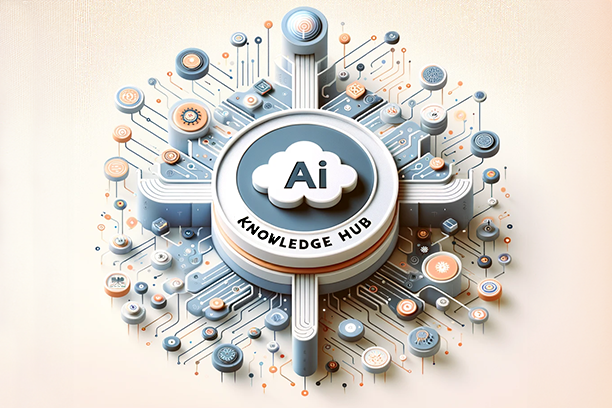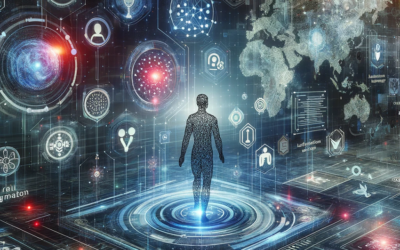How Teriyaki AI Utilizes RAG and the Knowledge Hub to Innovate and Personalize
In the rapidly evolving world of artificial intelligence (AI), Retrieval-Augmented Generation (RAG) is emerging as a revolutionary technology, opening new frontiers in content generation. In this post, we will explore what RAG is and how it can transform the way we create content based on a wide range of information sources.
What is Retrieval-Augmented Generation?
RAG is an advanced approach in the field of artificial intelligence that combines information retrieval techniques with text generation. This process allows AI models to draw from a vast pool of data and information to create accurate, relevant, and informative content. It’s a fusion of two worlds: one that extracts relevant information and another that transforms it into comprehensible and engaging text.
Advantages of RAG in Content Generation
- Improved Accuracy: Thanks to its ability to access a vast database of information, RAG can generate highly precise and informative content.
- Customized Content: RAG can be tailored to generate content in line with specific needs and contexts, making it ideal for customized applications.
- Time Efficiency: With RAG, content creation becomes faster, allowing companies to save valuable time.
- Scalability: This method easily adapts to various scopes and volumes of content, making it a versatile tool for different business needs.
Knowledge Hub: How TERIYAKI AI Utilizes RAG
In the Teriyaki AI ecosystem, the Knowledge Hub plays a crucial role, being customized to assimilate specific company content, such as articles, documents, PDFs, and more. Here’s how we maximize performance using the Knowledge Hub in combination with RAG:
STEP 1: Streamlined Data Storage
In the Knowledge Hub, we securely and simply store essential company or product details. This centralized hub ensures that all vital information is easily accessible and well-organized, allowing for efficient and uncomplicated data management.
STEP 2: Effortless Information Integration
Using the ‘@’ symbol in Teriyaki AI’s chat, you can easily extract and blend information from the Knowledge Hub. This process ensures that Teriyaki.ai captures and utilizes all the updated data and information of your company during content creation, allowing for advanced customization and thematic consistency in communications.
STEP 3: Advanced Content Refinement
And if that wasn’t enough, thanks to the Brand Voice feature, Teriyaki AI can produce content that is not only context-rich but also consistent and aligned with the brand’s voice and identity. This step allows for the creation of materials that authentically reflect the vision and values of the company, improving engagement and relevance for the target audience.
Innovation and Precision with Teriyaki AI’s Knowledge Hub
In conclusion, the integration of Retrieval-Augmented Generation (RAG) with Teriyaki AI’s Knowledge Hub is revolutionizing the way companies generate content. The Knowledge Hub, a distinctive feature of Teriyaki AI, stands as a stronghold in the assimilation and management of specific company content, such as articles, documents, and PDFs. This integration not only maximizes the performance of TERIYAKI AI in content creation but also ensures that each piece produced is context-rich, precise, and perfectly aligned with the brand.
The Knowledge Hub acts as a catalyst in the efficiency and effectiveness of RAG, allowing Teriyaki AI to offer content solutions that are not only innovative and personalized but also consistent and of high quality. This approach ensures that the generated content not only captures the attention of the target audience but also engages them meaningfully.
Ultimately, the pairing of RAG with Teriyaki AI’s Knowledge Hub is a testament to the untapped potential of artificial intelligence in content creation. This synergy opens new frontiers in content personalization, informational accuracy, and communicative effectiveness.




